Reliable species identification
Making biodiversity measurable – Living organisms constantly release small amounts of DNA into their environment, e.g. in the form of scales, tufts of fur, mucus, cell remains. We isolate this eDNA (environmental DNA) to identify species and provide fact-based information about which organisms are present in a habitat.
eDNA analysis provides a high-resolution picture of a site’s biodiversity and allows us to accurately detect the smallest traces of target organisms in a time- and cost-efficient manner without disturbing them.
We analyze soil, water, faeces, plant and food samples. Sinsoma offers special sampling kits for this purpose and will be happy to advise you on sampling. In addition, our specialists are available to advise you before, during and after completion of the analyses.
You will receive from us
- A detailed report including an overview of the methodological approach
- Information on the species spectrum or the occurrence of the target organisms in the sample
- Species lists or presence/absence data
- Interactive pie charts for graphical exploration of the data (Krona charts)
You search – we find!


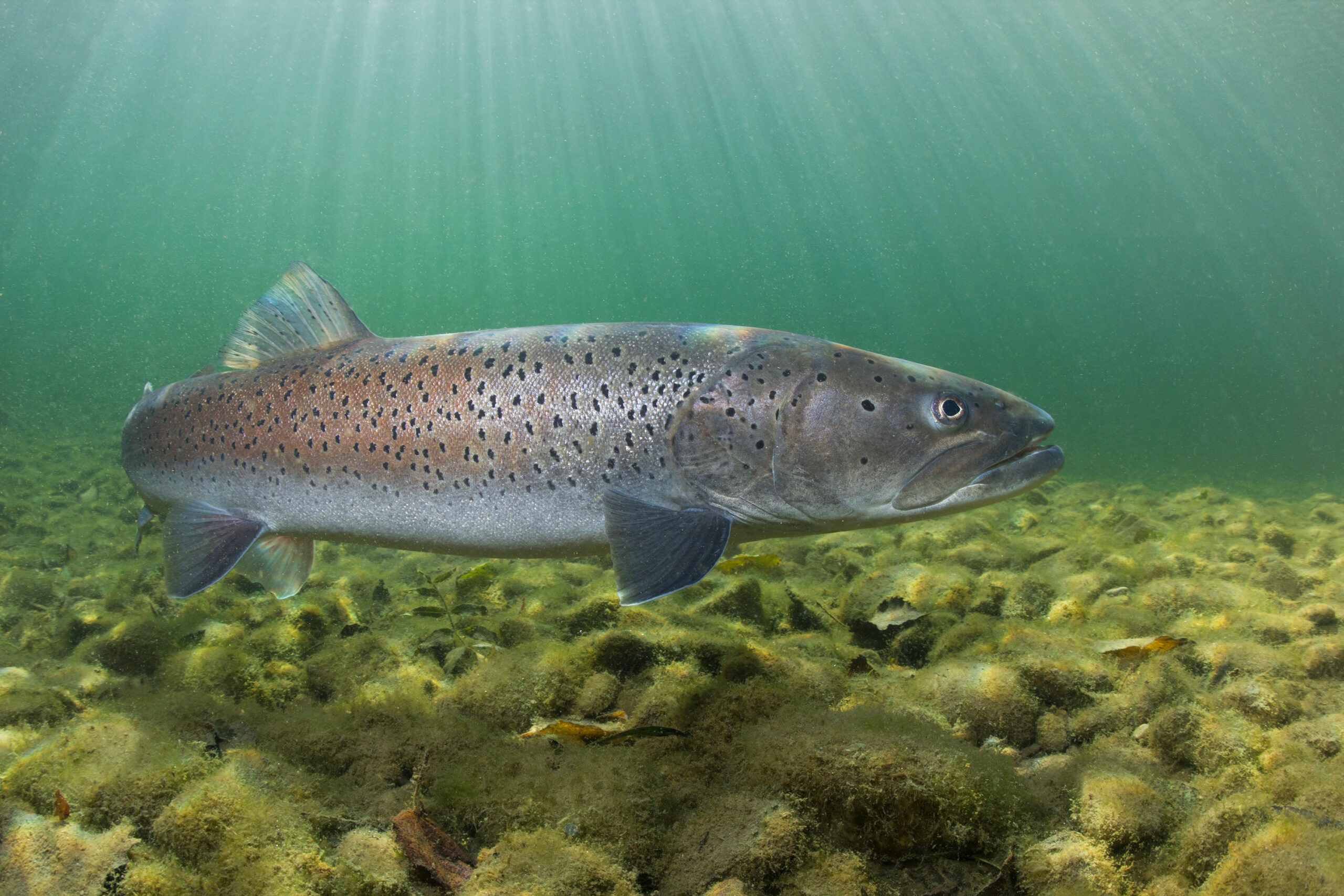
Fish
- Identification of demersal and small fish species
- Early detection of diseases
- Use of non-invasive methods
We safely and reliably record the species composition in a body of water for you using metabarcoding, without the need to catch the fish. Both freshwater and marine fish can be identified using water samples, as well as tissue, eggs and feces from piscivorous predators.
We also have diagnostic PCR tests for numerous fish species, including native, endangered and invasive species in Europe.
You have also come to the right place for the early detection of pathogens such as PKD! Early detection of an infestation enables measures to be implemented quickly to prevent further spread.

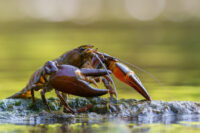
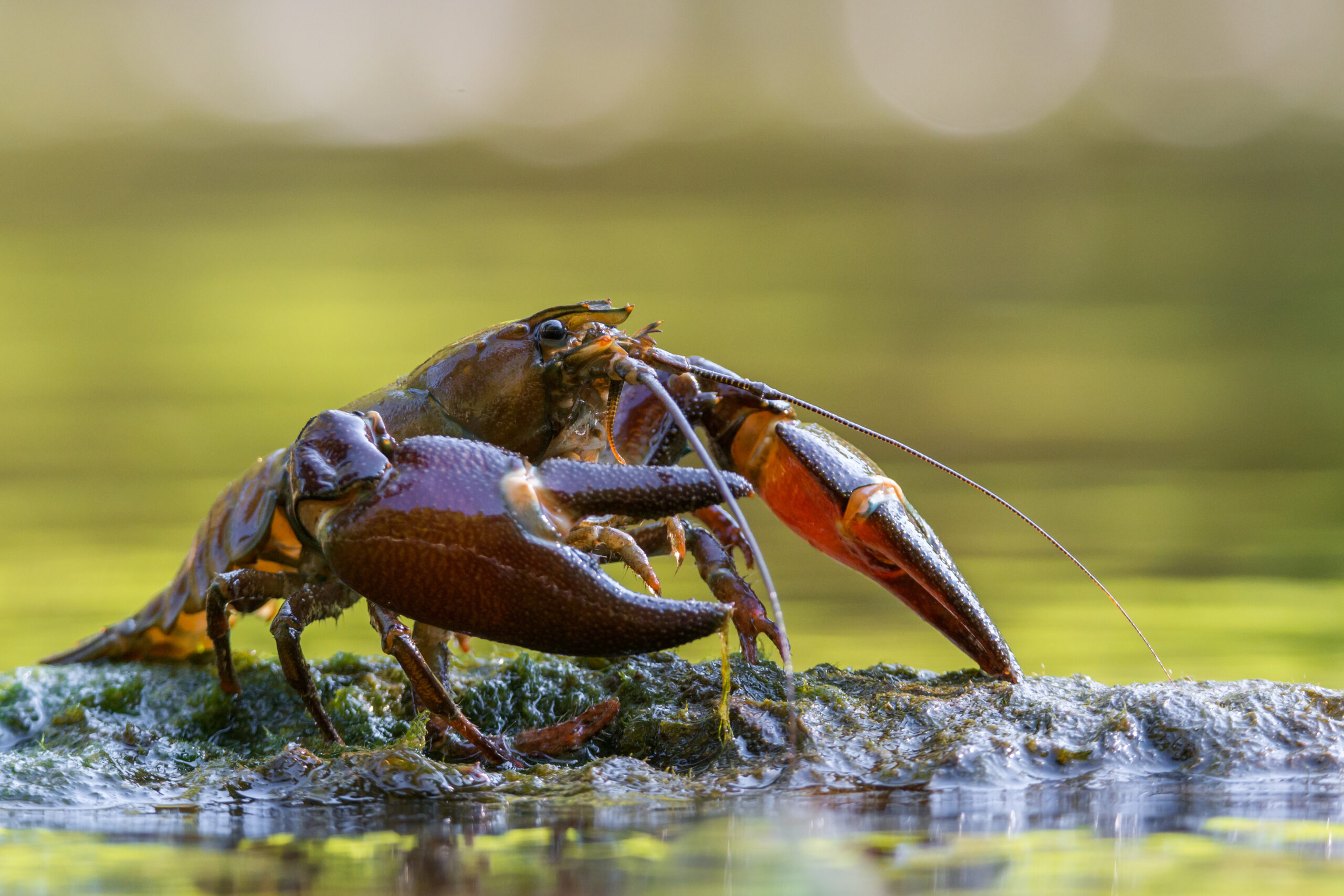
Crayfish
- Identification of all European crayfish species
- Invasive crayfish species on the Union list
- Crayfish plague pathogens
- Use of non-invasive methods
We can reliably determine the species composition of crayfish from water samples using metabarcoding, as well as from tissue, exhuviae, eggs and feces from predators.
We also have diagnostic PCR tests for the European and major invasive crayfish species.
You have also come to the right place for the detection of the Aphanomyces astaci crayfish plague pathogen! Early detection of an infestation enables rapid implementation of measures to prevent further spread.

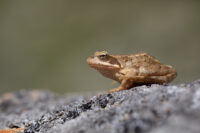
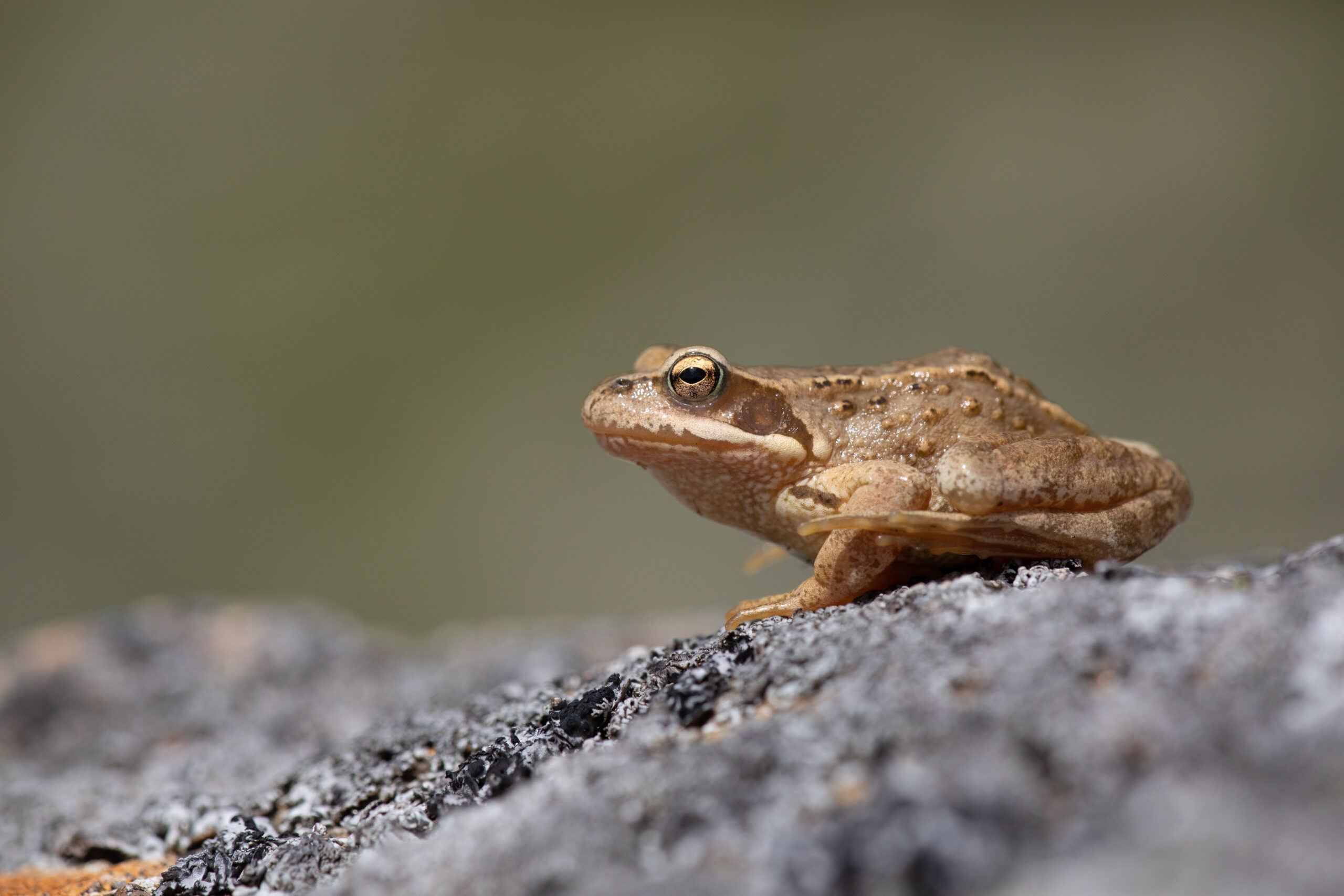
Amphibians
- Identification of tailed amphibians and frogs
- Detection of amphibian fungi (Bd & Bsal)
- Use of non-invasive methods
We can safely and reliably determine the species composition of amphibians from water samples using metabarcoding, as well as from tissue, exhuviae, eggs and predator feces.
We also have diagnostic PCR tests for the great crested newt, moor frog, tree frog and other amphibian species.
You have also come to the right place for the early detection of the chytrid fungi Batrachochytrium dendrobatidis (Bd) and Batrachochytrium salamandrivorans (Bsal)! Early detection of an infestation enables the rapid implementation of measures to prevent further spread.

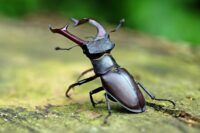
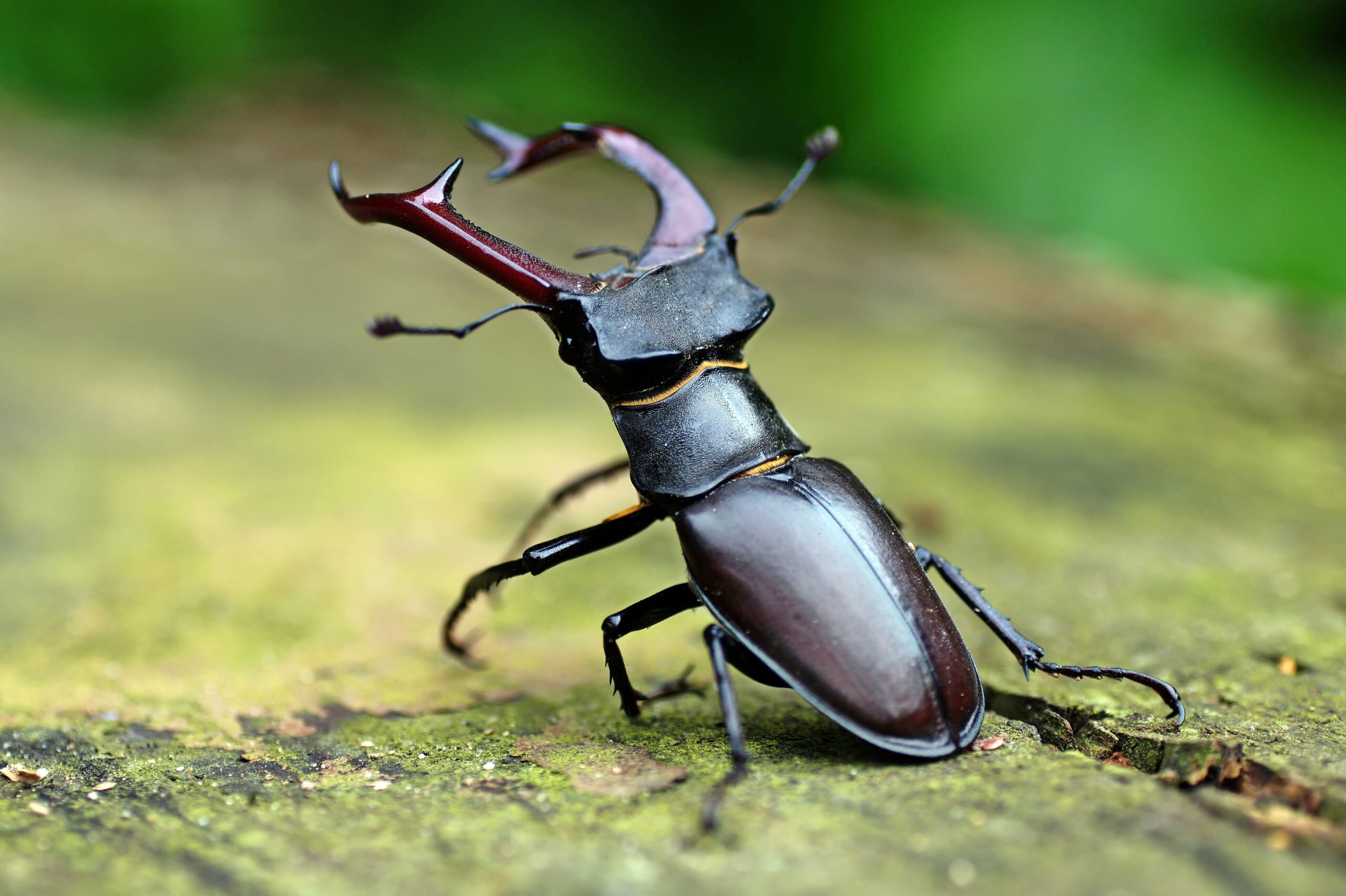
Invertebrates
- Identification at every stage of development
- Ecosystem services (pollination, pest regulation)
- Non-invasive methods
We safely and reliably determine the species composition of insects, arachnids, worms and snails from water, soil or tissue samples as well as exuviae, eggs and feces of insectivores. Identification is carried out using metabarcoding without the need to catch or kill the animals.
We have many years of practice and experience in the identification of invertebrates, especially in agroecosystems. Our specially developed diagnostic PCR tests include the most important pests as well as beneficial insects (pollinators, predators and parasitoids).
Would you like to identify flower visitors without catching them? Our DNA-Check INSEKTENVIELFALT enables the identification of species based on their traces on the plants whose flowers they have visited or leaves they have eaten.

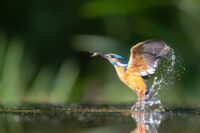
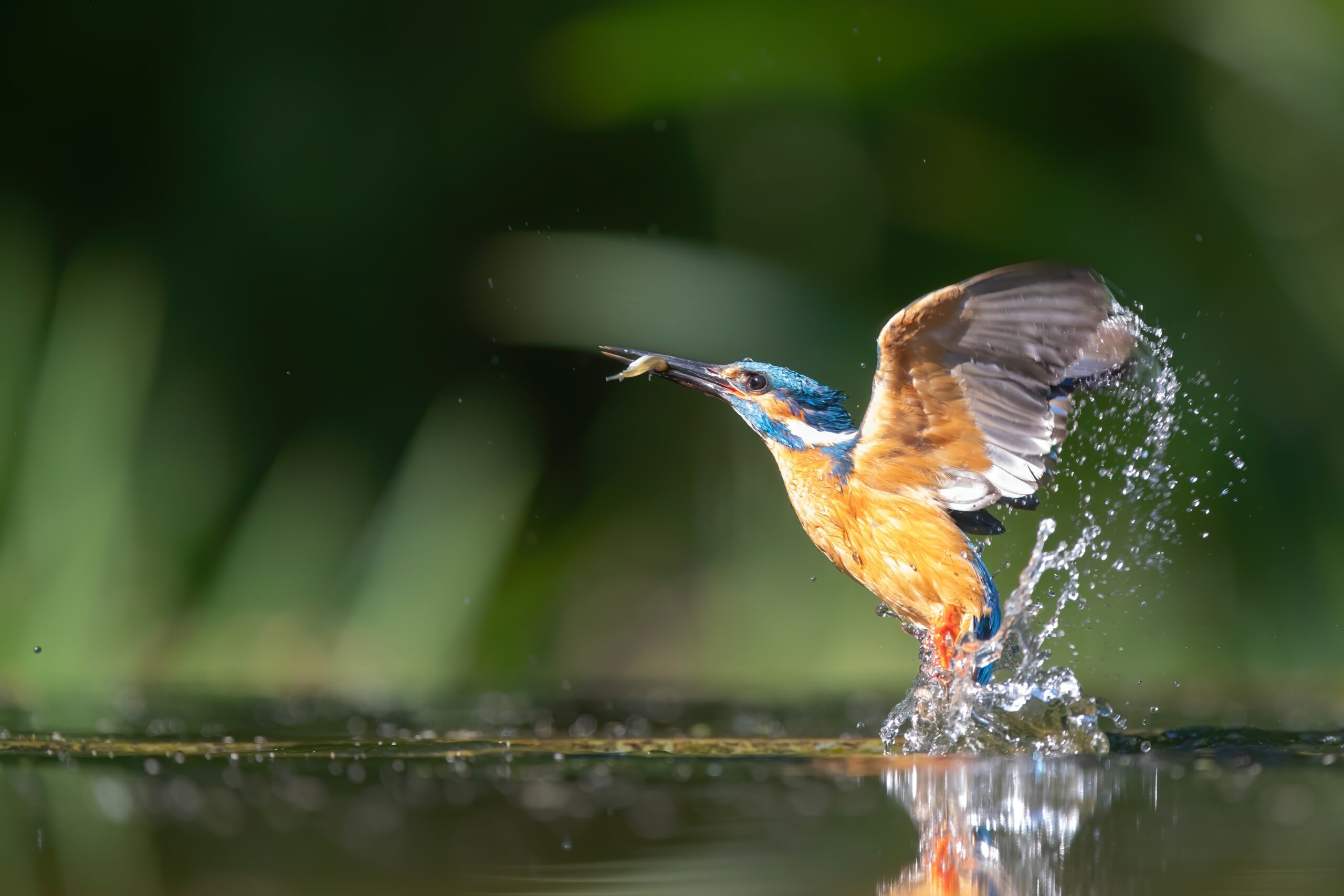
Mammals | Birds
- Biomonitoring
- Targeted detection of endangered and invasive species
- Non-invasive methods
We can safely and reliably determine the species composition of mammals and birds for you using tissue samples, feathers, fur, droppings and faeces by means of metabarcoding. If you would like to search for specific species, please ask about our diagnostic PCR tests.
For selected species, it is also possible to differentiate between individual specimens or determine their sex. The respective food spectrum of predators and herbivores can also be determined.

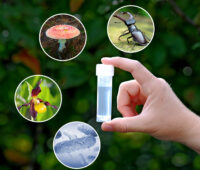
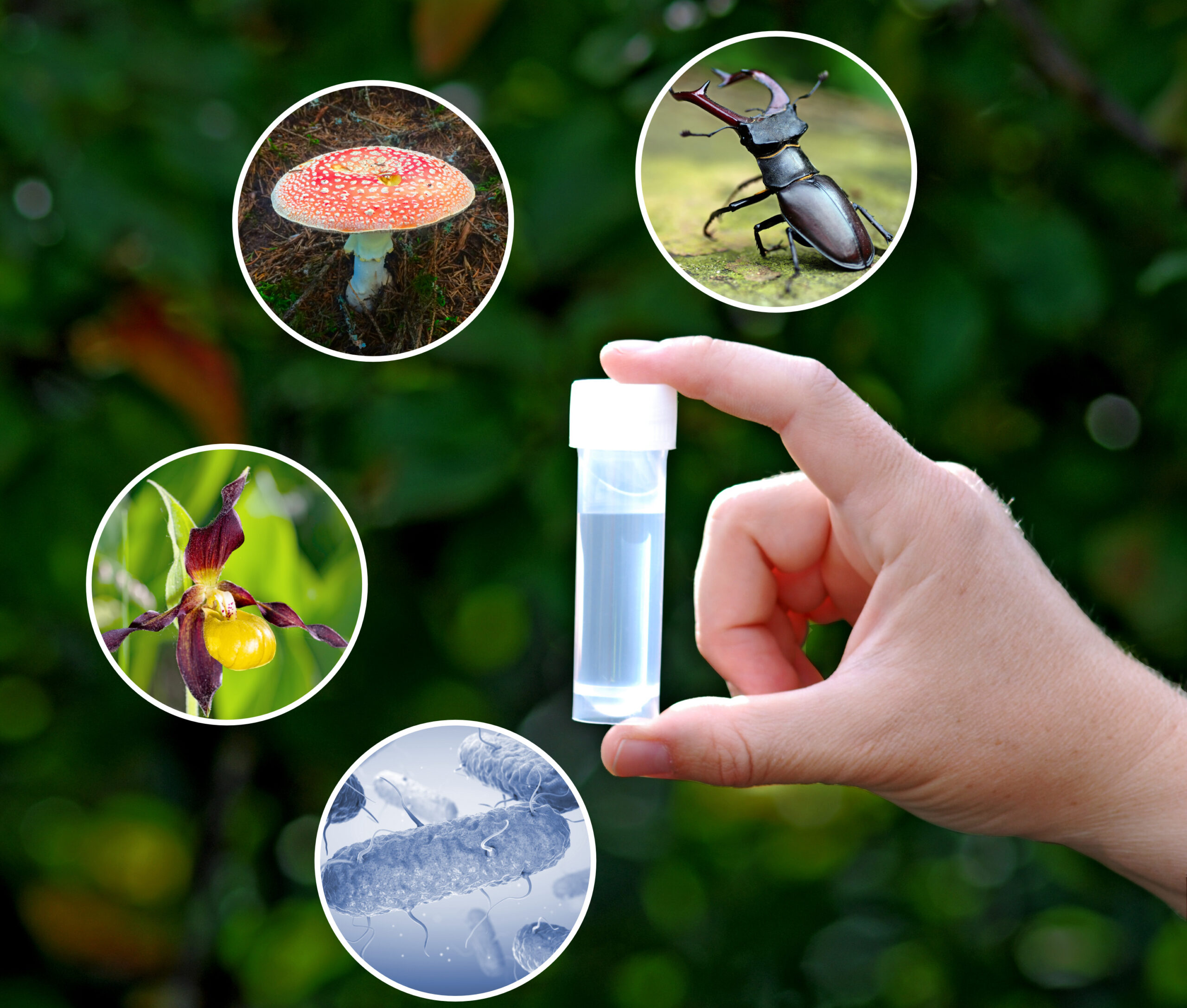
Pathogens & Parasites
- Reliable early detection
- Chytrid fungi & crayfish plague
- Fish diseases
- Various fungi
We safely and reliably determine parasites such as bed bugs, ticks or varroa mites as well as pathogens of amphibians, crayfish or fish on the basis of swabs, tissue samples and water samples. Early detection of an infestation enables the rapid implementation of treatment measures. This prevents further spread and the associated financial losses.



Plants
- From seeds, soil, green cuttings, roots
- Pollen analysis
- Composition of teas and herbal mixtures
We safely and reliably identify plant species from green cuttings, seeds, herbivore droppings, roots from soil samples or dried material. This also includes identifying the composition of teas, herbal mixtures and the like.
Honey DNA profile: The species composition of the pollen contained in honey provides information about the origin of the product.
Pollen warning service: Metabarcoding can be used to determine the plant species involved in the pollen flight and their relative frequency. This achieves a significantly higher taxonomic resolution than conventional microscopic pollen analysis.